A Visitor's Guide for the North Fork Novice
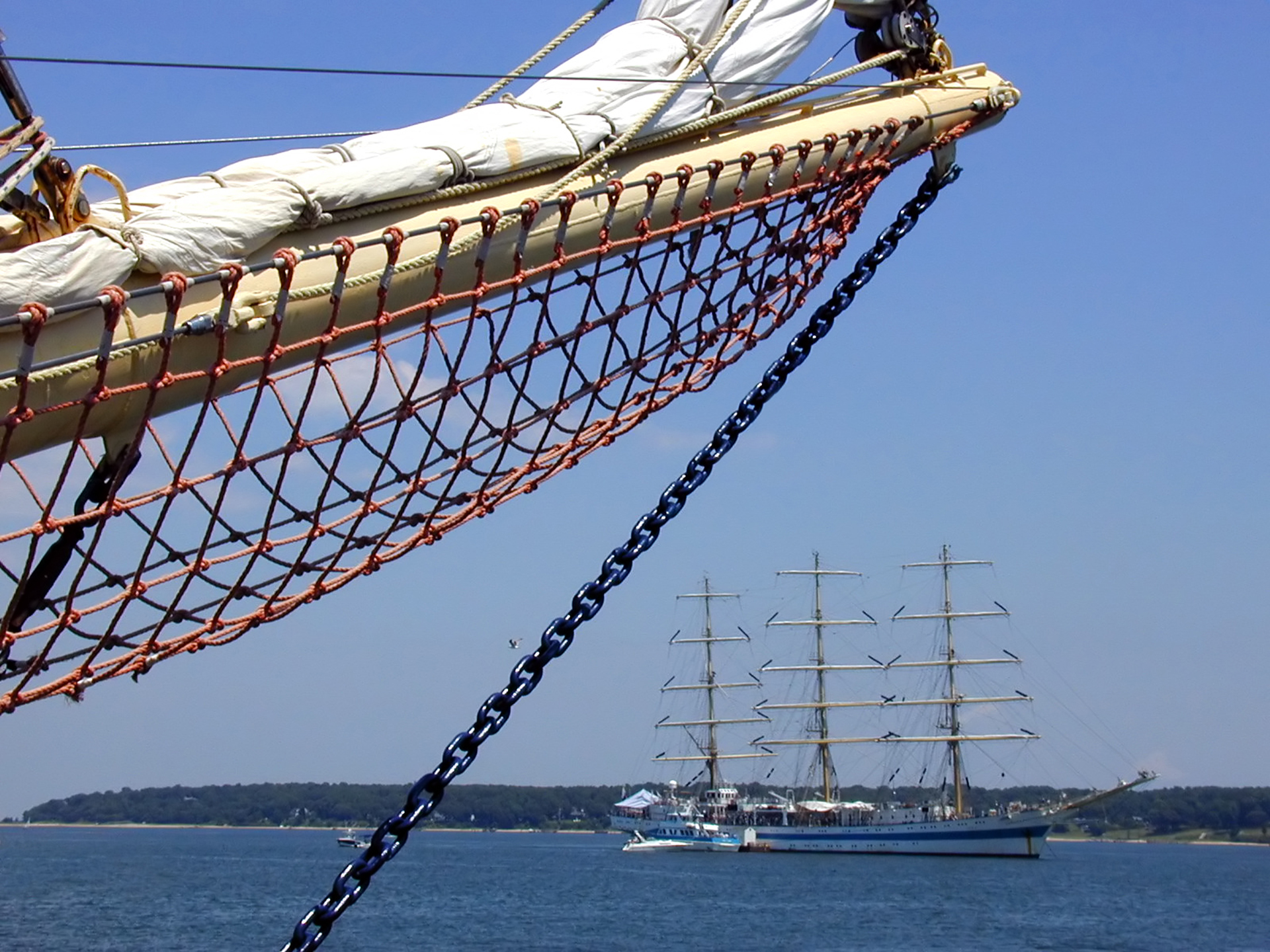
For those who know the North Fork well, it may come as a shock to learn not all East End visitors, or even year-round Hamptonites, are familiar with the wonderful communities, people and adventures between Riverhead and Orient Point — and it’s not just wine country. A drive east along New York State Route 25 will reveal a whole new world of agrarian beauty, outdoor adventures, maritime tradition, boutique and mom-and-pop shopping, history dating back to 1640, and so much more. And yes, of course this region is an absolute delight for oenophiles! It’s a truly different experience than the Hamptons to the south beyond Peconic Bay.
“I think the North Fork is fast becoming the un-Hampton,” Longtime Southold Town Supervisor Scott Russell told The New York Times, describing in 2013 the essence of what makes this collection of 18 hamlets and one village in Riverhead and Southold towns special. “We don’t have the traffic issues, our real estate has stayed within a range of reasonable standards, the bay and sound beaches are pristine, and farmland is still the cornerstone of our community.”
It’s no wonder so many are traveling north to get a taste of what the Hamptons used to be — what attracted people to the South Fork before it became a “playground for the rich and famous.” This helpful guide offers a brief overview of where to go, what to do, and what’s in store for newcomers in the East End’s last authentic bucolic paradise.
In total, the North Fork spreads out across a 30-mile peninsula between the Long Island Sound and Peconic Bay in Suffolk County. It’s home to more than 30 vineyards, numerous working farms that continue to thrive, great cultural venues, fine dining and museums celebrating nearly 400 years of rich history.
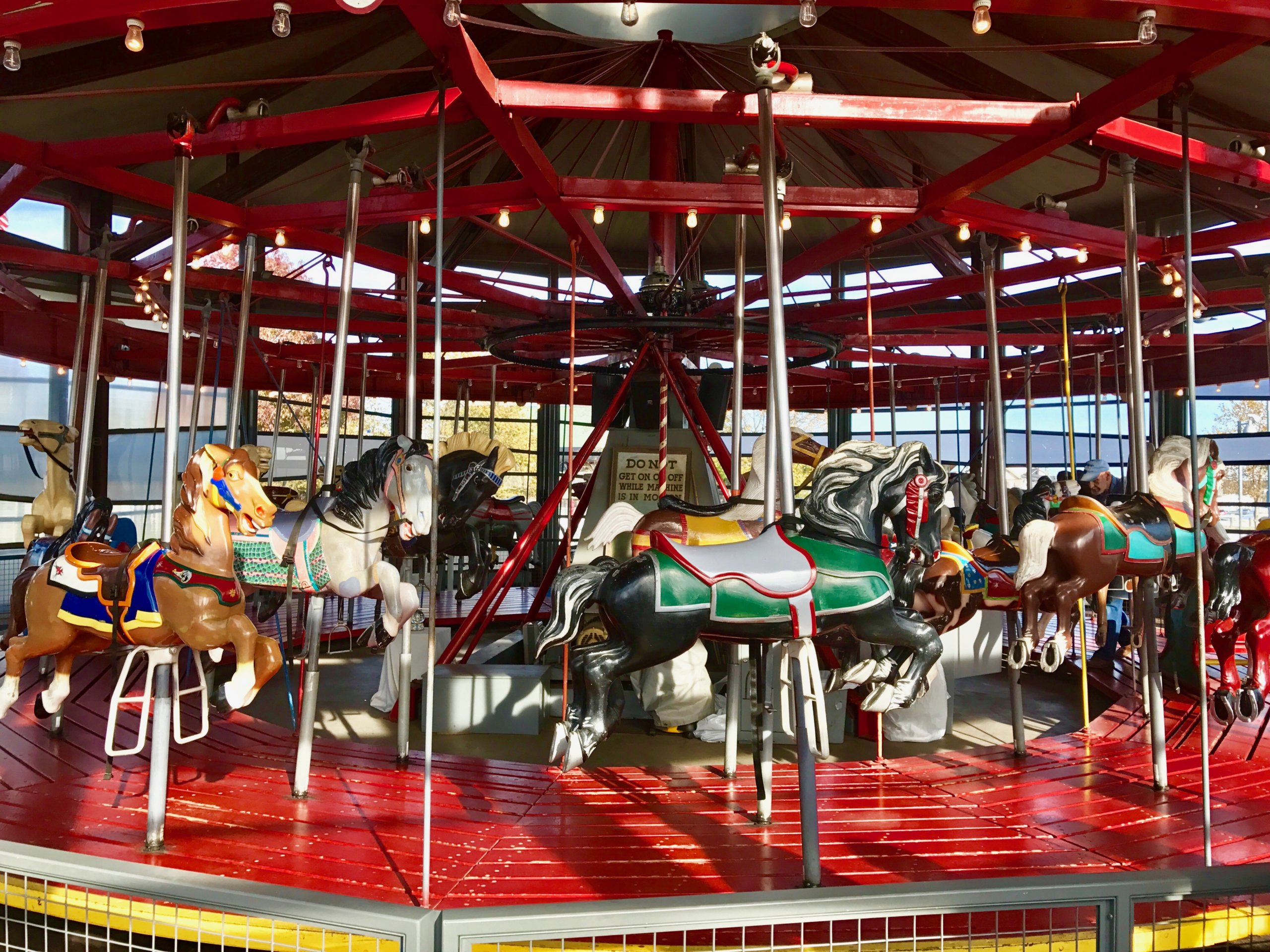
GREENPORT
The North Fork’s only incorporated village, this former whaling port and ship-building town with a history of speakeasies and rum-running holds strong to its seafaring heritage with several commercial fishing boats still operating out of the harbor. But it’s also grown into a bustling tourist destination popular for a wide range of unique shopping opportunities in the region’s largest downtown, boasting excellent restaurants, art galleries and attractions. Along with its marina and fabulous water views, Greenport’s Mitchell Park offers open grass for picnicking, a century-old antique carousel complete with brass ring, a classic walk-in camera obscura and ice skating in the winter.
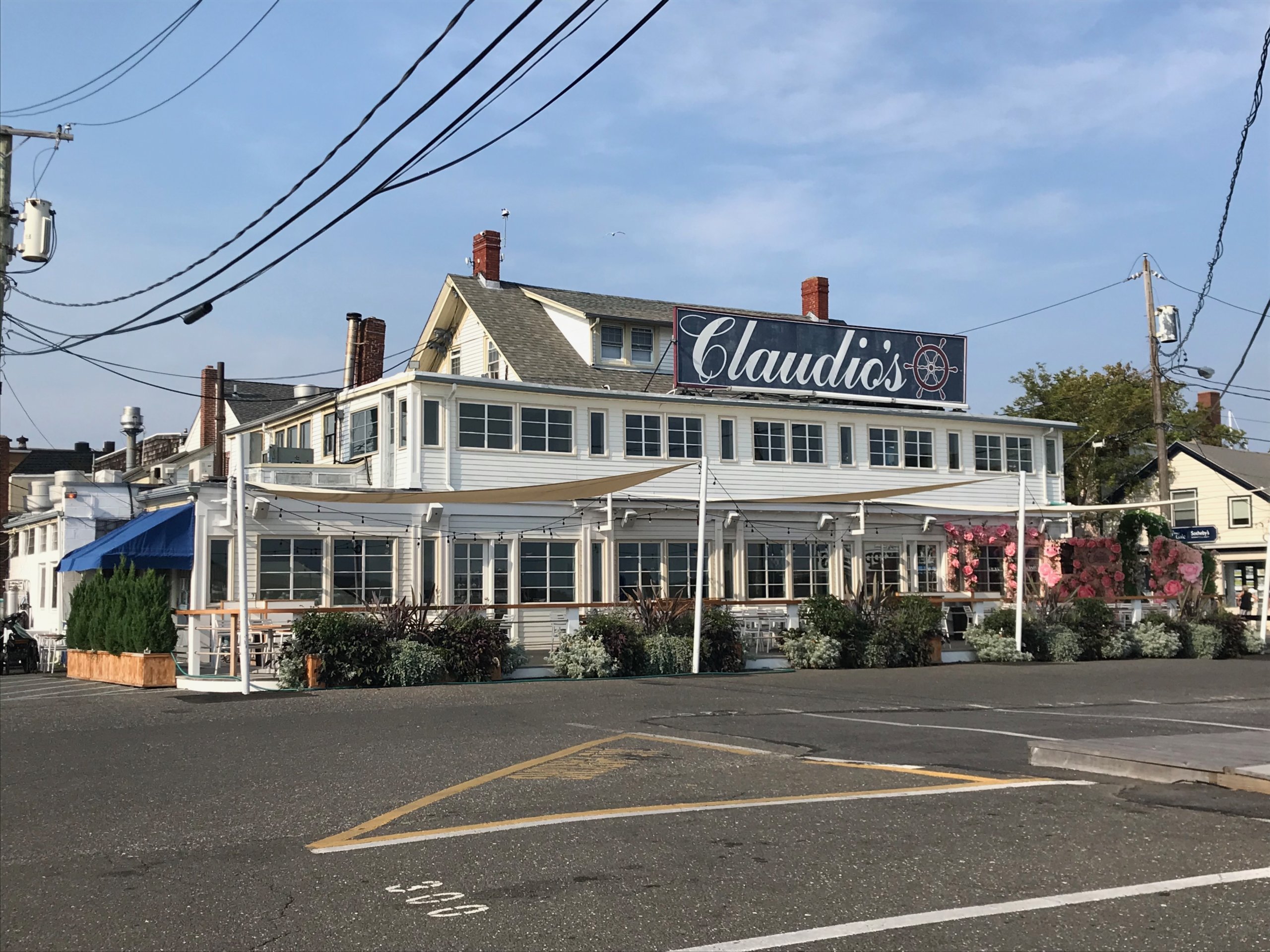
Other must-see Greenport attractions include the East End Seaport Museum, the Village Blacksmith, Railroad Museum of Long Island, Fireboat Firefighters Museum, Greenport Harbor Brewing (in a renovated firehouse) and the landmark Claudio’s restaurant, to name a few. Take the North Ferry across the Peconic River to nearby Shelter Island for a fabulous day trip (or keep going south to Sag Harbor). And don’t miss recurring events like the monthly gallery walks from June to December, the Greenport Maritime Festival in September, Shellabration food festival in December and the Cherry Blossom Festival in May.
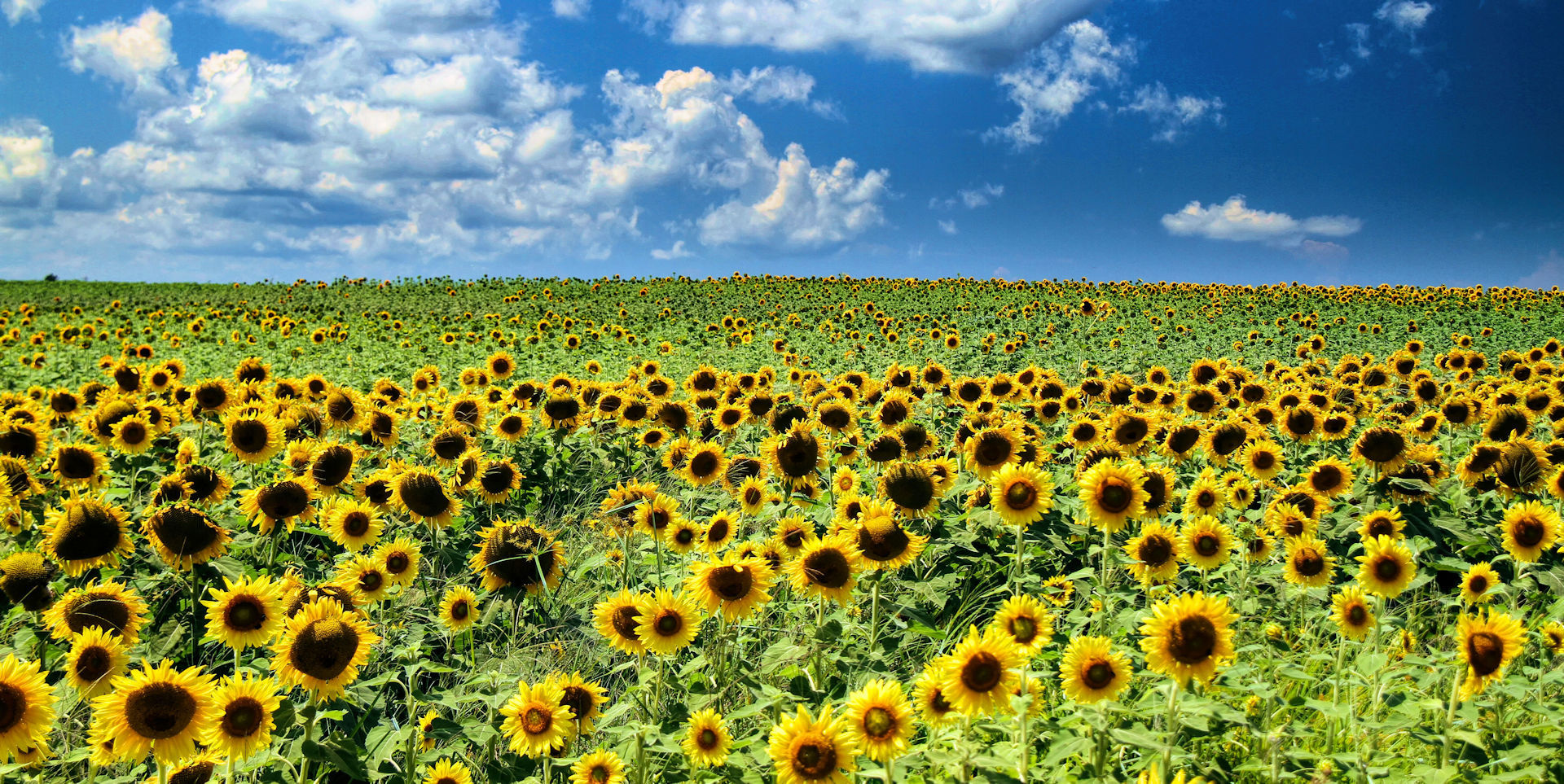
MATTITUCK
Close to the center of the North Fork, Mattituck is well-known for its verdant farmland and colonial history. Settled in 1662, the community has numerous wineries and tasting rooms, seaside fun such as fishing and boating, and horseback riding at a handful of barns and stables. While here, make sure to visit the Love Lane Shops, a quaint collection of retail and food establishments with everything from old-fashioned sweets to gourmet cheeses, flowers, clothing, hardware and more.
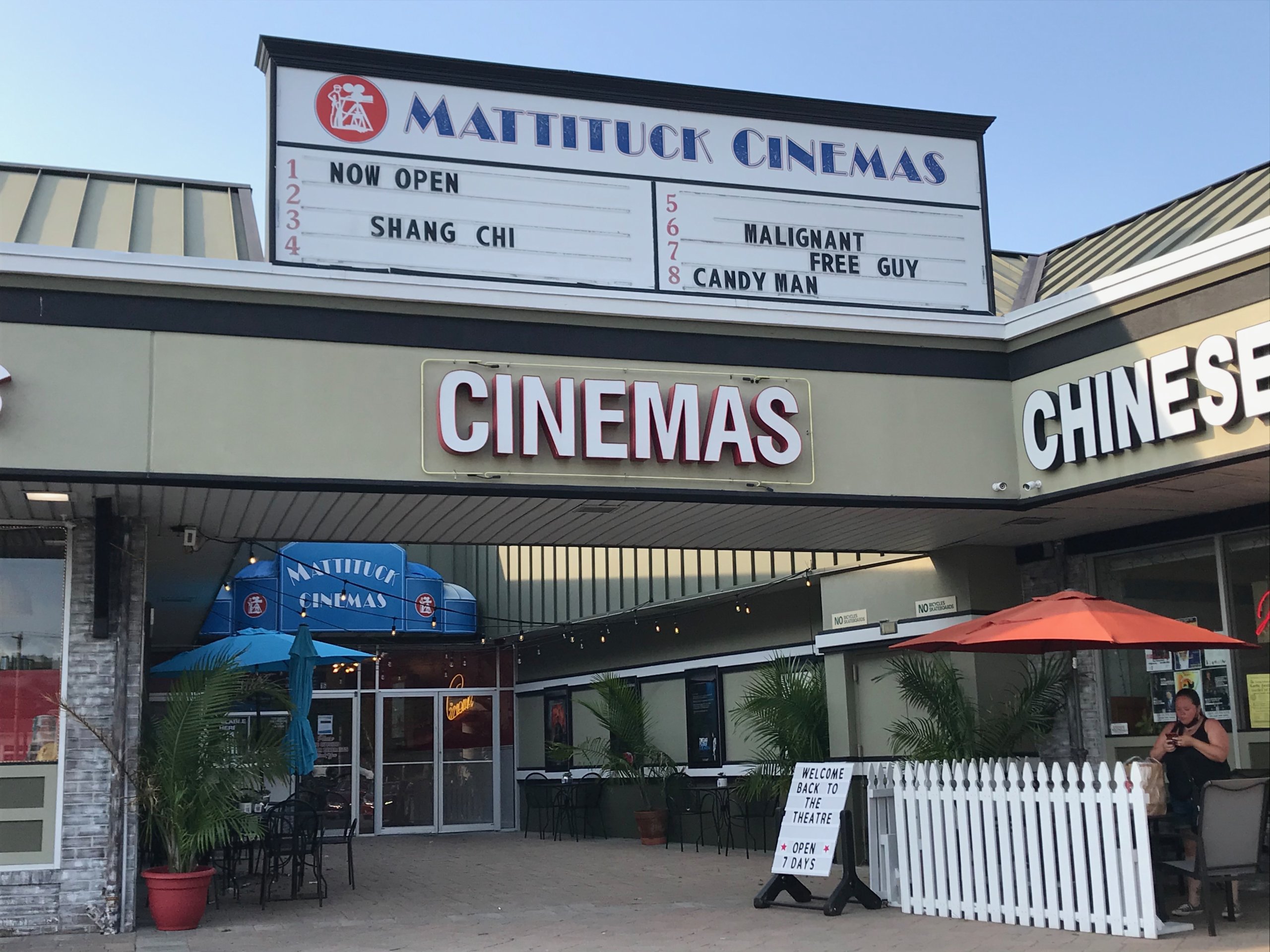
Summers bring the annual Mattituck Lions Strawberry Festival, Martin Sidor Farm’s thrilling Sunflower Maze (where they also make North Fork Potato Chips), street fairs and more. For those seeking something interesting for the ’gram, check out the local McDonald’s housed in a farmhouse-style building that looks unlike any of the corporation’s other restaurants around the country. And film fans should visit Mattituck Cinemas, the North Fork’s largest movie theater, showing movies on eight screens.
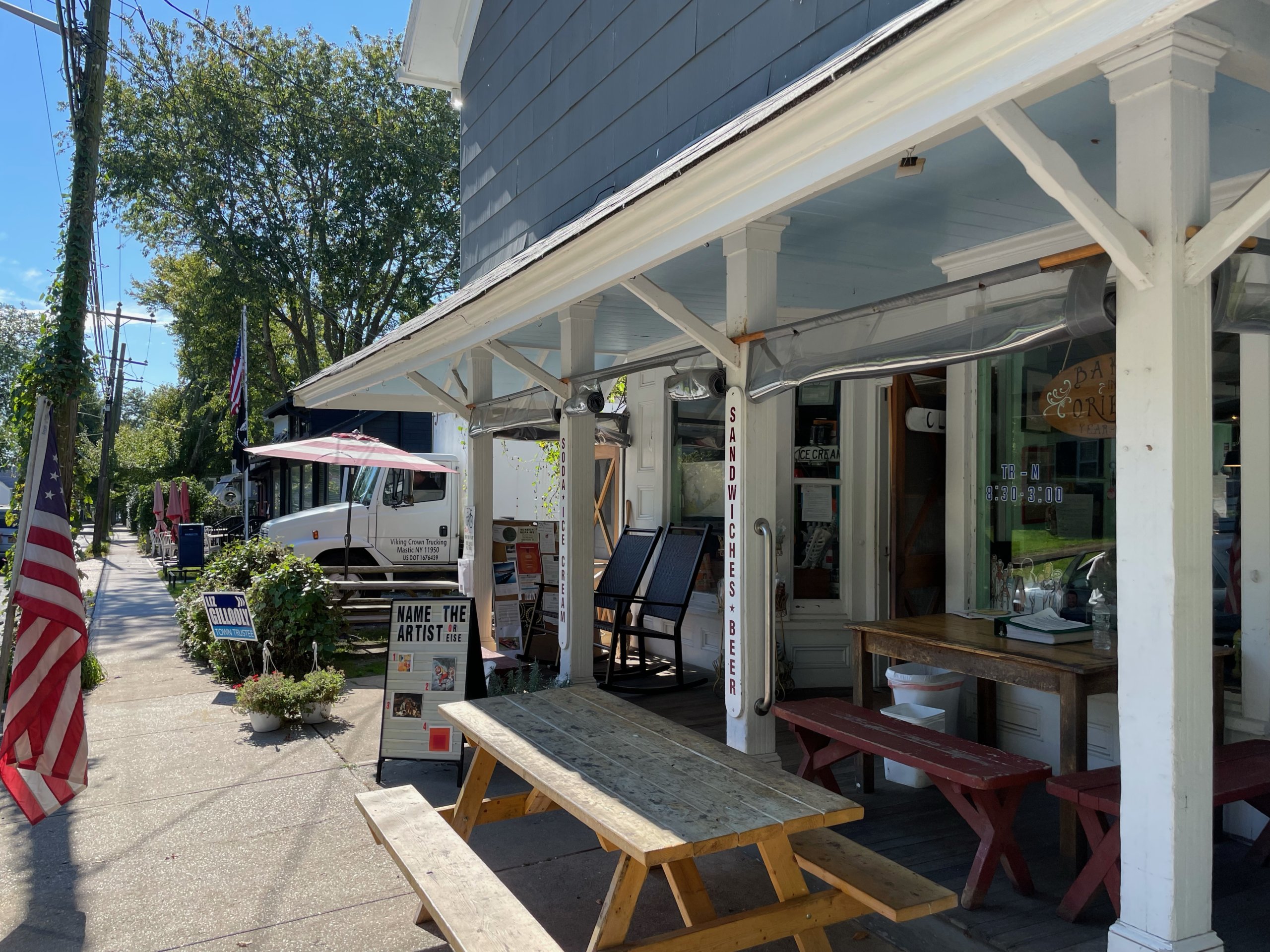
ORIENT
The North Fork’s easternmost point, Orient is probably best known for being a shortcut to New England via the Cross Sound Ferry to New London, Connecticut. But this small community of about 1,000 residents across 6.1 square miles is steeped in history and natural splendor. The shops and businesses are few and far between, such as the pre-Revolutionary War Orient Country Store, serving locals and visitors alike with baked goods, soups, salads and sandwiches, and pretty much all the bare necessities in a town with no supermarket, bank or pharmacy (these require a drive to Greenport).
As owners Miriam Foster and her husband Grayson Murphy like to say, “If we don’t have it, you don’t need it.” Other hotspots include The Candy Man — a fourth generation family-run store with homemade chocolate and other sweets — and an array of excellent local farm stands, the largest being Latham’s, selling fresh produce, preserves, oysters, flowers and more.
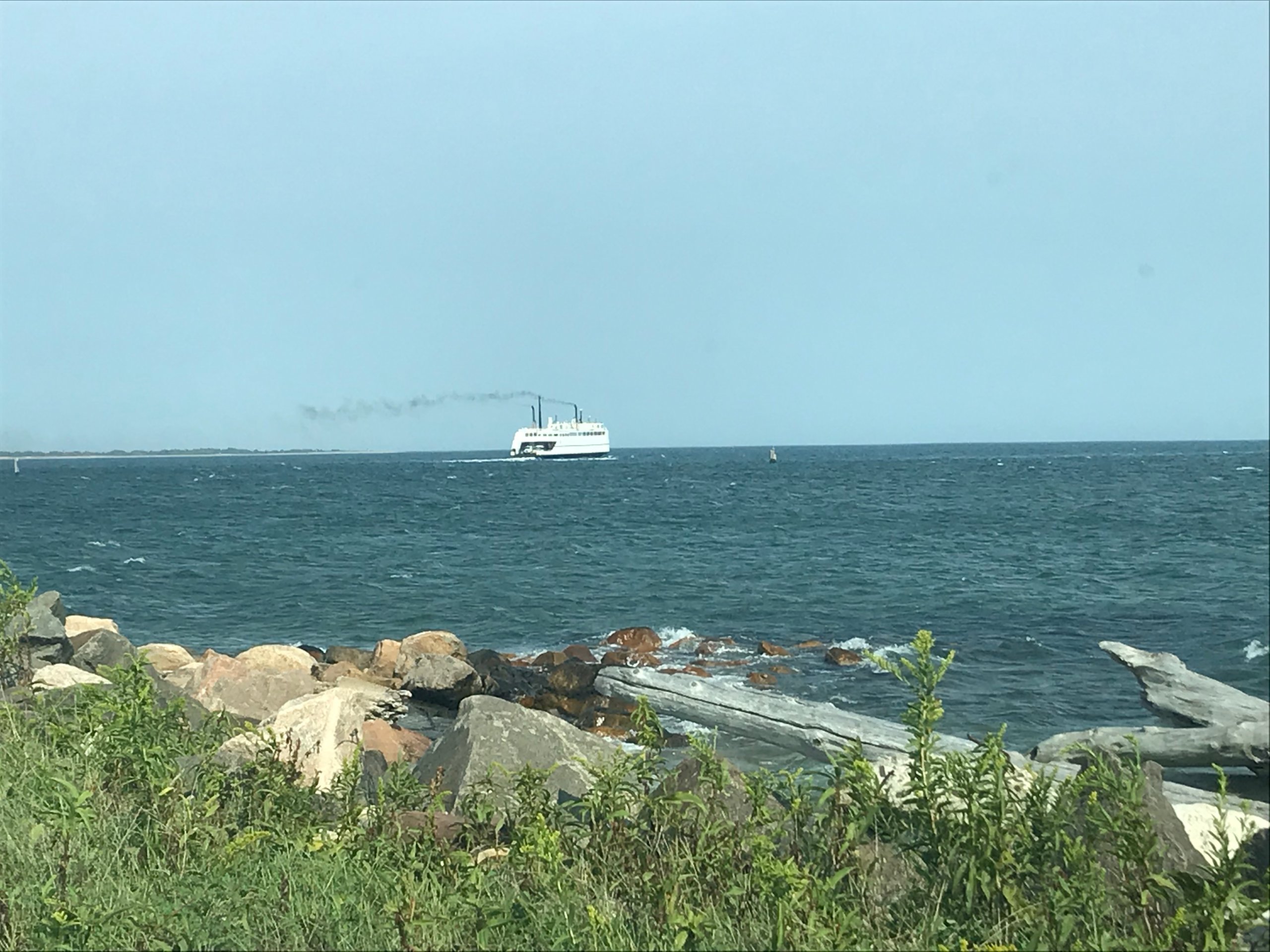
The Oysterponds Historical Society museum takes guests back in time at their historic properties — part of Orient, including old schoolhouses, a church and homes and businesses on the National Register of Historic Places — along with an always changing selection of events and exhibitions. Close to the Cross Sound Ferry, Orient Beach State Park covers 363 acres and has 45,000 feet of gorgeous bay frontage with rare plants, wildlife and a red cedar forest, as well as picnic tables, pavilions, a playground, nature trails for hiking and biking, recreation programs and fishing. The Orient Long Beach Bar Lighthouse, or Bug Light, is just off the park’s tip, and Plum Island — the inaccessible location of the government’s Animal Disease Center — is a short boat ride away across Plum Gut.
AQUEBOGUE, JAMESPORT & NORTHVILLE
In the Town of Riverhead but beyond Riverhead (hamlet) itself, this trio of communities have quite a few lovely spots among them. To the north, Hallockville State Park Preserve gathers 225 acres of woods and nearly a mile of pristine beach on Long Island Sound, with hiking and birdwatching opportunities. Nearby in Jamesport/Northville, Iron Pier Beach is quiet while still having amenities, such as restrooms, outdoor showers, a snack shack, playground and pavilion. Its eponymous “iron pier” at Luce’s Landing was built in 1900 by farmers who sought to transport their produce by ship to New England, and it freezes beautifully in the winter. On the bay side, Jamesport South Beach has a gazebo, tennis and basketball courts, picnic area, beach volleyball, snack shack, restrooms, boat slips and, of course, swimming. Meanwhile, Aquebogue is home to an assortment of exceptional businesses, such as North Fork Chocolate Company, Helen’s Flower Farm, Woodside Orchards ciderie and all the local wineries.
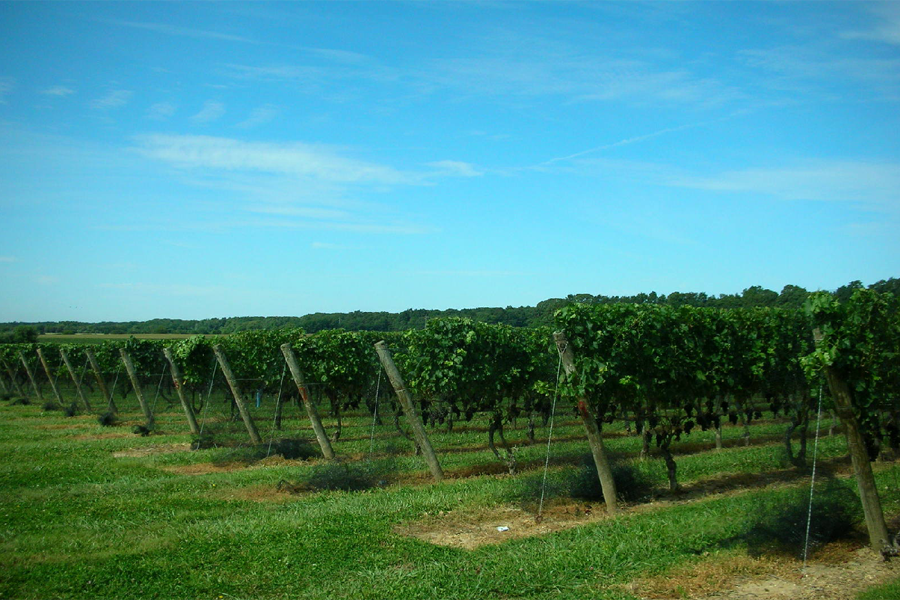
CUTCHOGUE
Also loaded with wineries, including Hargrave Vineyard — established as Long Island’s very first winery in 1973 — this small community is home base to the Long Island Merlot Alliance. The Cutchogue-New Suffolk Historical Council honors the hamlet’s long history at numerous sites, such as the Old Cutchogue Burying Ground (1717), Old House (1649), Wickham Farmhouse (1704), Carriage House (1820), Red Barn (1890), Village Garage (1926) and Old Schoolhouse (1840) to name just a few. It has excellent shopping, art galleries and dining, and, according to The New York Times, Albert Einstein once called Cutchogue’s Little Peconic Bay “the most beautiful sailing ground I ever experienced.”
NEW SUFFOLK, LAUREL, EAST MARION, PECONIC, SOUTHOLD
Seaside residential and farming communities with standout businesses, wineries, dining, antique shops and more, each of these hamlets has notable venues or an interesting claim to fame. New Suffolk’s two-room school house, for example, has been recognized as one of the smallest school districts in New York State. In Peconic, Peconic Dunes County Park has great hiking and fishing on 36 acres of forest, a dazzling waterfront landscape and the Peconic 4-H Camp.
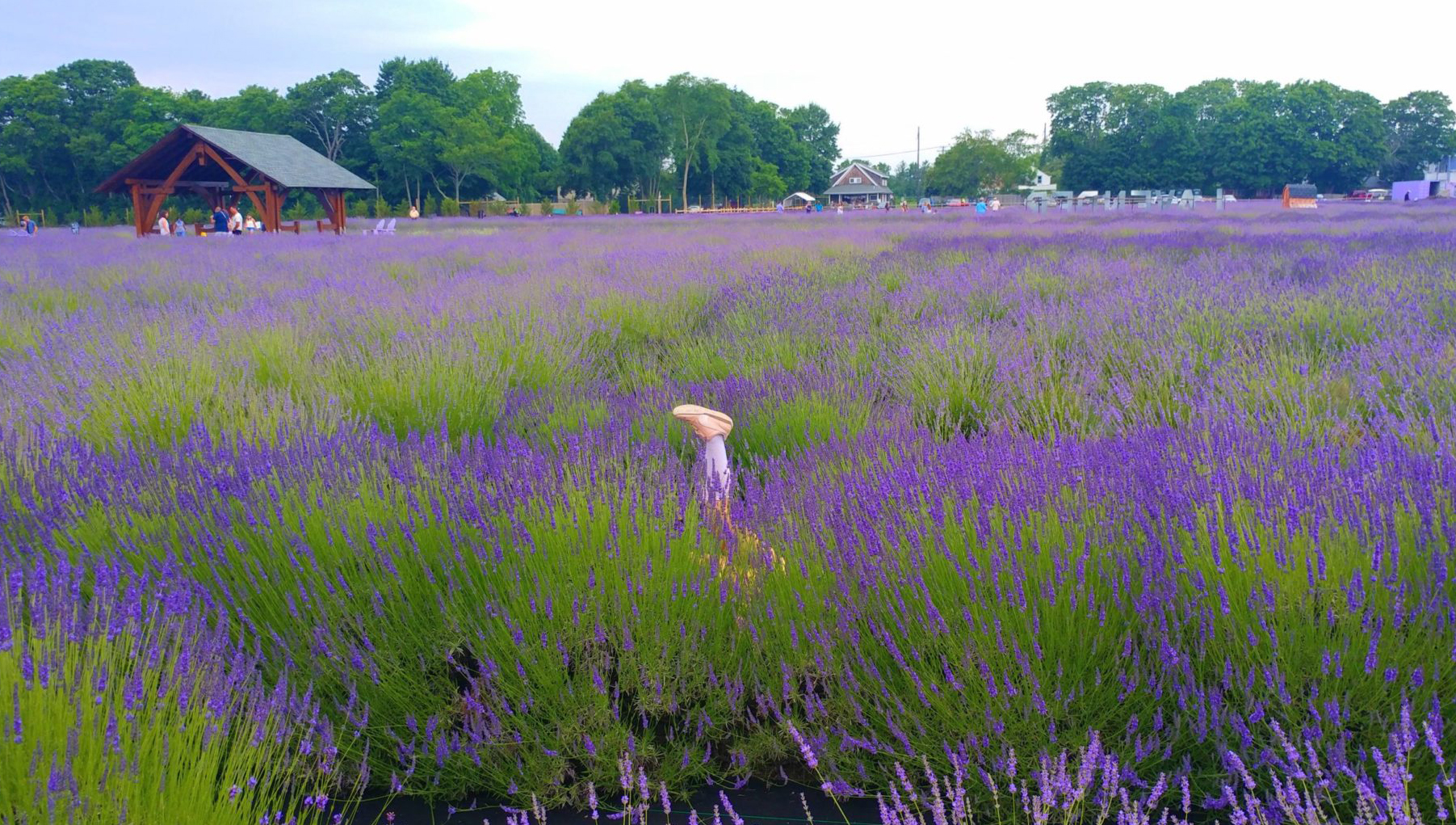
SPECIAL PLACES
Lavender By the Bay in East Marion is among the most unforgettable attractions on the North Fork. When the flowers are blooming in June and July, visitors will find themselves in a sea of purple made from more than 80,000 plants comprising 20 varieties of lavender across 15 acres of farmland. And it’s not just visual beauty — the fragrant flowers will look amazing in photos, but the extraordinary aroma is something your Instagram followers can’t experience. Shop all manner of lavender-based goods here, such as salt, essential oil, dried flowers, sachets and honey from their own beehives, among other treasures. They also have a farm in Calverton.
Open in Southold since 1962, the Southold Indian Museum has enlightened guests about the local tribes who lived in the area long before European settlers made their journey to the New World. The museum, under the tutelage of the Incorporated Long Island Chapter of the New York State Archaeological Association, holds an important collection of Native American artifacts on permanent display. View ancient tools, arrowheads, adornment objects, the largest collection of Algonquin pottery and more discovered at local sites. The museum conducts research into its artifacts and the populations who left them behind, and it will eventually serve as a valuable archeological research library.
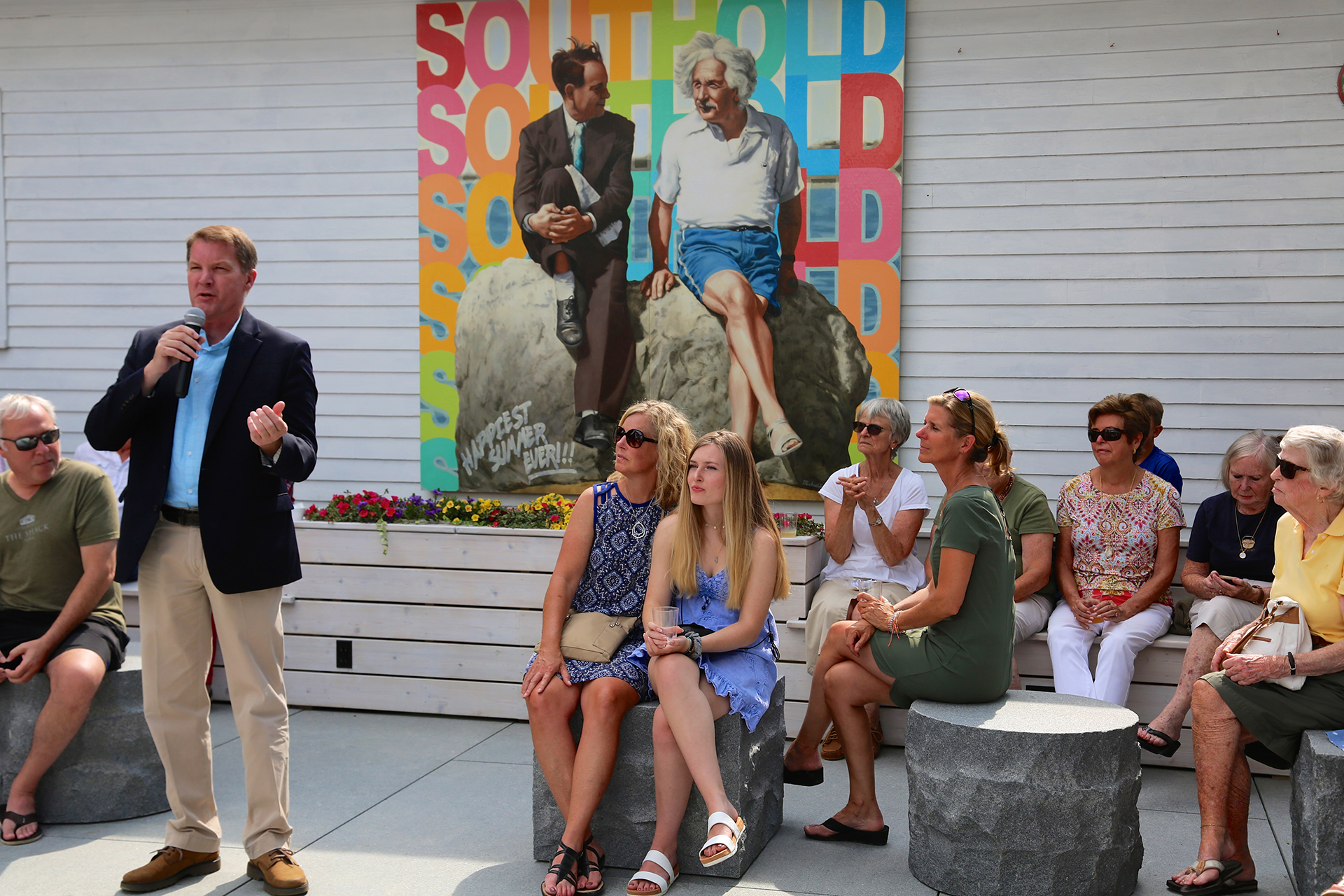
While in Southold, visit Einstein Square, celebrating the theoretical physicist’s time on the North Fork, which he called his “happiest summer ever,” with a bust and wall mural. Also in Southold, the Horton Point Light rests atop a 60-foot bluff overlooking Long Island Sound. Commissioned by George Washington in 1790 and built in 1857, the actual lighthouse is only open for visitors seasonally, but the grounds are open year-round.
This guide will help North Fork newbies begin exploring the East End’s upper half, but the region is changing and growing, and there’s so much more to do. Take the time to look deeper and see what you find!



